Snakes
Venomous Snakes
Each year there are about 8000 poisonous snake bites in the United States. Only about ten are fatal. About one-half of these bites are dry without any venom injection. Most victims will know within five minutes if the bite has venom. The first signs are swelling and pain. There is one rare exception: the Mojave Green Rattlesnake. It takes nearly twelve hours to produce swelling. By that time treatment may be too late.
Most of the poisonous snakes in the U.S. are pit vipers. Most of their venom is a hemolytic toxin. This toxin causes blood vessels to burst and the blood leaks into the tissue and clotting occurs. Rarely does this cause death in healthy adults, but in the very young and in the very old death can happen by shock. Within the first hour of the bite weakness, rapid pulse, fading vision, nausea, and shock occurs.
The only other poisonous snake that has neurotoxin venom is the coral snake. This neurotoxin destroys the nervous system and heart and lung function ceases causing death. Antivenin is required to prevent death.
The pit vipers found in the U.S. are rattlesnakes, copperheads, and water moccasins or cottonmouths. The coral snake, as mentioned, is not a pit viper.
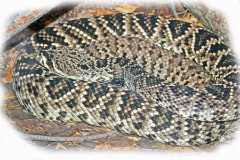
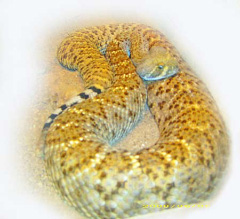
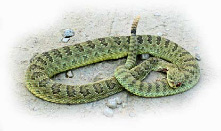
Rattlesnakes
Rattlesnakes are heavy bodied reptiles usually three to five feet long. Coloration is well camouflaged to its habitat. The key identifying feature is the button-like rattles on its tail. The snake has the characteristic arrowhead shaped head caused by the poisonous parotid salivary glands. Rattlers are found throughout the U.S. They frequent trails where they ambush rodents. They hunt at night. Their bite is more potent than copperheads or water moccasins. They warn large animals by rattling their tail.
Copperheads
Copperheads are two to three feet long and camouflaged in brown and chestnut hourglass patterns. They blend well into dead leaves where they lie in wait for their prey. Rocky areas also attract snakes because all cold-blooded creatures are attracted to the heat absorbed by rocks.
Copperhead snakes make their homes primarily in the Eastern states from Massachusetts to Florida, but are also found in states such as Illinois, Oklahoma, and Texas.
Snakes seek companionship: where you find one there are others. They avoid trouble by lying still and will make a fast retreat as a last resort. Their bite is dangerous but rarely fatal.
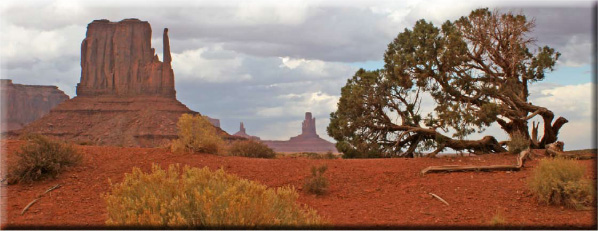
Water Moccasins or Cottonmouths
Water moccasins or cottonmouths are one of the largest venomous snakes in the United States and can reach up to five feet long. They have very stout bodies with an abruptly tapering tail. Cottonmouths are very sinister looking and are camouflaged in dull olive to brown shades.
Water Moccasins are the most aggressive venomous snakes in the United States. They live near water, swamps, ponds, lakes, and rivers. Their range is from Florida to Texas, and Southern Virginia to Indiana, Illinois, and Texas.
Coral Snakes
Coral snakes are brightly colored. They are small and rarely reach three feet in length. The axiom is: “Red next to yellow will kill a fellow; red next to black is a friend of Jack.” Their bright yellow and red bands help to readily identify these snakes. They are the most venomous snake in the United States. Their venom is a neurotoxin which requires anti-venom to treat, although bites are rare and usually occur when the snake is handled. Avoidance is easier than confronting one of these camouflaged snakes.
When someone is bitten by a venomous snake, the goal of first aid is to stop the spread of venom. Control panic by keeping the victim comfortable and calm. A calm patient has slower circulation and lower blood pressure. Immobilize the bite area to reduce the venom spread. A Sawyer pump immediately applied to the bite wound can reduce the dosage of venom by about 35%. A compression bandage or a cold compress that limits the superficial blood flow also helps stop the spread of venom.
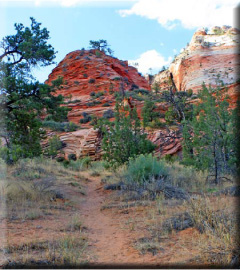
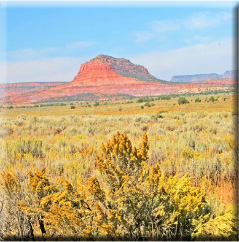
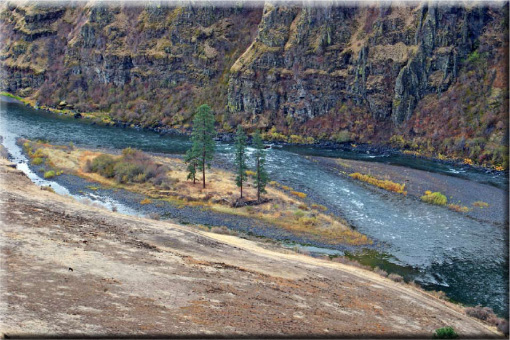
Try to identify the snake. This is important for medical treatment so the correct anti-venom will be used for the snake’s species. Go for help or assist the victim in walking out. If you’re alone, walk out calmly. Keep the bite area lower than the patient’s heart. Avoid mouth suction because bacteria will be introduced to already damaged tissue. Avoid cutting the bite as this also adds bacteria. A tourniquet tightly applied may cut off all circulation and cause nerve, cell, tissue, and organ death so it should not be used. A compression bandage, on the other hand, only reduces the superficial blood flow and doesn’t stop the deep blood flow. Anastamosis may occur between the deep and shallow arteries. The deep arteries will keep the superficial tissue oxygenated and alive.
Prevention is much better than the need for the cure. My love for fishing has gotten me bitten four times. Each time I was protected by my clothing. I spend a lot of time hiking and fishing in rattlesnake country. I wear a heavy wading shoe with Kevlar gators over my chest or hip boots. These Kevlar gators have been struck three times without failure. When I am hiking in rattler country, I wear a thick pair of hiking shoes and these Kevlar gators or my snake bite proof chaps. I keep my hands up high and tap the ground with my trekking poles. This noise warns the snake and gives it time to retreat. It also keeps my hands well up and away from the snake.
In snake country I bring along my Sawyer extractor pump along with some duct tape on my hiking poles. With this I can quickly apply the extractor and rig up a compression bandage.
With my experience I’m good at spotting snakes. I am afraid of them and I’m vigilant at spotting them. When I spot one I curiously observe and give it a wide berth.
Non-Venomous Snakes
Non-venomous snakes still bite and pose a health hazard. Their mouths are loaded with germs that can be transferred deep under your skin. This can result in a nasty infection with swelling and pain. Getting a current tetanus booster is good preventative medicine. Properly clean the wound with soap and water. You can treat it like a poisonous bite to prevent infection.
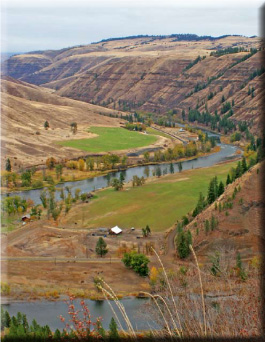

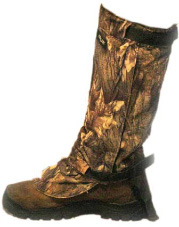
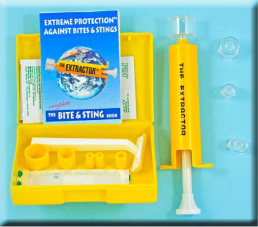
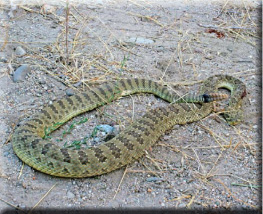
Snakes hunt at night and use their heat sensors to find their prey. During the day they are temperature sensitive and will seek an area that is close to their preferred temperature range. This usually puts them under the shade of rocks or bushes by day and out in the open at night, although in the spring and fall they may be sunning themselves on a rock during the day. So watch out for snakes in these areas.
When it’s been very hot and dry, the snake’s prey can be concentrated in the cool grasses by streams. Snakes migrate to their food sources. Use caution when camping or fishing near a heavy riparian area. This is where I suffered from my four bites. I unknowingly stepped on each snake and it bit back.
Even though bees cause more medical emergencies than snakes, there is something sinister about a snake as it lies hidden and camouflaged in areas I frequent. I do have a fear of snakes and this keeps me alert for them. But considering all the facts, my fear is not well founded. However, many of us react with our emotions rather than our brains. Don’t let snakes discourage you from camping out, but be alert and prepared.
Camping Adventures • Dutch Oven Cooking • Sports Knots
Fly Tying • Freshwater Fishing • Fly Fishing

